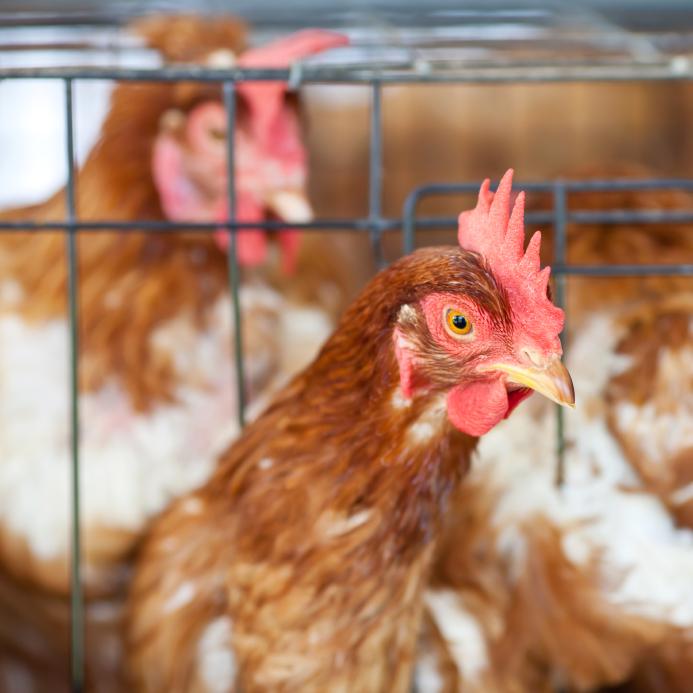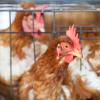The European Centre for Disease Prevention and Control (ECDC) today called for increased monitoring of birds and poultry workers for the H5N8 avian flu virus, as the Netherlands reported another possible outbreak on a chicken farm near one where the virus struck last weekend.
The H5N8 virus has hit poultry farms in Germany, England, and the Netherlands this month, after what authorities said is a closely related H5N8 strain caused widespread, costly outbreaks in South Korea earlier this year. Experts suspect that wild birds carried the virus from Asia to Europe.
The latest outbreak in the Netherlands hit a chicken farm about 15 miles from the site of the earlier H5N8 outbreak, according to media reports today. A Reuters story said Dutch officials identified the virus at the second site as an H5 subtype, but it was not yet known if it is H5N8.
The new outbreak has prompted the destruction of 43,000 chickens and a new 3-day nationwide ban on movement of poultry products, Reuters reported. The story said authorities imposed a 6-kilometer exclusion zone around the affected farm, in the village of Ter Aar.
Virus related to H5N1
H5N8 has not yet been known to infect humans, unlike H5N1, H7N9, and several other avian flu subtypes. The ECDC, in a risk assessment today, said the risk to the public in Europe is considered extremely low, but because the virus's hemagglutinin (HA) gene stems from that of the H5N1 virus, those who are exposed to diseased poultry may be at risk for infection.
"Given this potential zoonotic risk, contingency plans for the control of avian influenza in poultry and [wild] birds should be developed in collaboration with public health and occupational health authorities to ensure that persons at risk are sufficiently protected from infection," the agency said. "Appropriate personal protective equipment, including respiratory protection, should be made available and used."
The ECDC said further that people exposed to diseased poultry should be monitored for 10 days and suggested that local authorities consider giving them preventive antiviral treatment, as is advised for those exposed to H5N1.
The agency also said it's unclear how the virus surfaced simultaneously at "closed indoor holdings" at widely separated European sites in different poultry production sectors. It added that the virus can infect wild birds without making them sick, which increases the risk of further outbreaks and underlines the importance of monitoring and testing both wild and domestic birds in Europe.
The World Organization for Animal Health (OIE) and other authorities have said the H5N8 viruses in Europe are very similar to those in East Asia and that they probably were brought to Europe by migratory birds.
No new cases in Germany
In a separate Reuters story today, German officials said no further H5N8 infections have been found in the area around a turkey farm where an outbreak was reported on Nov 6.
The German agriculture ministry said none of 3,353 tests on birds outside the affected farm in the eastern state of Mecklenburg-Vorpommern were positive, Reuters reported. The testing included wild birds, among them swans and ducks.
German officials said they have not identified the source of the outbreak and have found no connections between the German farm and affected farms in other countries, the story said.
The outbreak in England, also reported last weekend, involved a duck-breeding farm with 6,000 birds in North Yorkshire.
See also:
Nov 20 ECDC risk assessment
Nov 20 Reuters story on Dutch outbreak
Nov 20 Reuters story on German investigation
Related Nov 17 CIDRAP News story




















